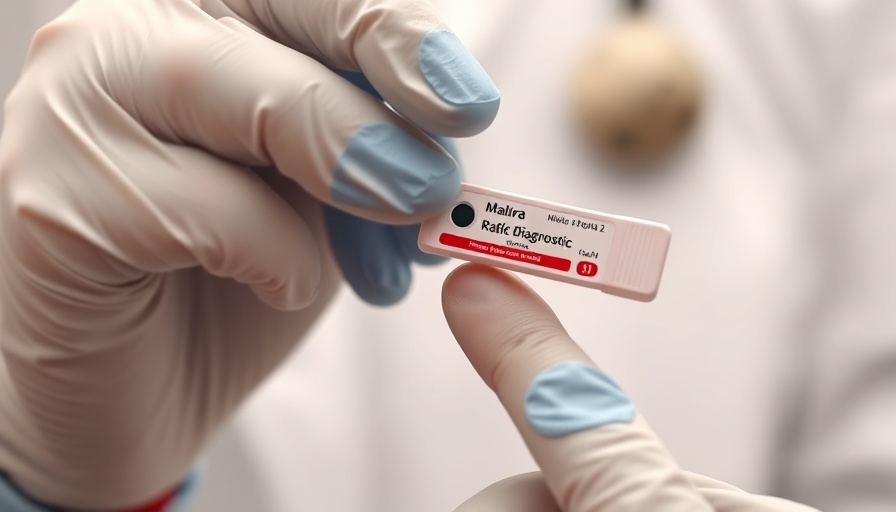
The Evolution of Radiology in Modern Healthcare
In today's fast-paced healthcare environment, the integration of Radiology Information Systems (RIS) has become indispensable. A Radiology Information System is a specialized software that facilitates managing all operational facets of a radiology department, from patient scheduling and image tracking to billing and reporting. The importance of these systems cannot be overstated, as they significantly improve patient care and the efficiency of healthcare facilities.
Key Components Enhancing Patient Care
Central to RIS is its ability to streamline workflows, leading to reduced patient wait times and enhanced workload management for radiologists. Integrated PACS (Picture Archiving and Communication Systems) enable secure storage and retrieval of imaging data, allowing healthcare providers to maintain seamless access to critical patient information.
Moreover, RIS simplifies billing and revenue cycle management, thus decreasing administrative burdens that can detract from patient care. This efficiency is vital, especially considering the increasing complexity of healthcare systems influenced by factors such as the National Health Insurance (NHI), HIV/AIDS, and various chronic diseases.
The Role of Teleradiology and AI in Modern Radiology
Teleradiology significantly extends the reach of radiology services, ensuring that even underserved areas have access to expert interpretations of medical images. This remote capability augments healthcare delivery by sharing resources effectively, optimizing patient management regardless of geographic constraints.
Integrating artificial intelligence (AI) into RIS is revolutionizing how radiologists analyze imaging data. AI algorithms enhance image analysis, improving diagnostic accuracy, and reducing time spent interpreting complex cases. For instance, in breast imaging, AI tools are employed to assist radiologists in classifying mammography findings, which can lead to early cancer detection and improve patient outcomes.
Optimizing Workflow and Enhancing Patient Engagement
Stable workflow optimization is essential for providing timely diagnoses. RIS aides in automating repetitive tasks, allowing radiologists to focus on patient care rather than administrative duties. The integration of AI into these systems not only streamlines operations but also empowers patients by providing them with better information regarding their diagnoses.
PACS: Enhancing the Digital Function of Radiology Departments
PACS systems play a crucial role in the digital landscape of radiology, allowing images to be stored, retrieved, and shared seamlessly across various healthcare platforms. The collaboration between RIS and PACS enhances not just the efficiency of image handling but also supports analytical capabilities that can inform decision-making processes within healthcare facilities.
Business Management Strategies in Radiology
In the backdrop of changing healthcare policies and economic factors, effective radiology business management becomes pivotal. RIS can provide invaluable insights through detailed reports and analytics. This data-driven approach allows healthcare administrators to optimize resources, manage costs, and ensure compliance with healthcare regulations, thereby improving overall department performance.
Choosing the Right RIS Vendor
Selecting the right RIS vendor necessitates careful consideration of various factors. Compatibility with existing systems, software support, and the vendor's understanding of the unique challenges posed by diseases such as Tuberculosis (TB), COVID-19, and mental health issues are paramount to embedding the system effectively within a healthcare setting.
Future Directions in Radiology Information Systems
As technology continues to evolve, the role of radiology will expand, integrating deeper AI capabilities to facilitate predictive analytics and personalized medicine. By harnessing AI's potential—such as machine learning capabilities to analyze vast datasets—radiology practices can anticipate patient needs and improve individual health outcomes.
Conclusion
The integration of RIS and advancements in healthcare technology are transforming the radiology landscape. As professionals continue to explore innovative solutions, ensuring an ethical approach to patient data and care manifestly remains a priority.
In a world increasingly reliant on data and technology, understanding the nuances of healthcare infrastructure, including RIS, is essential for both healthcare professionals and patients alike. Furthermore, as we look toward the future, continued discourse around health equity, telemedicine, and next-generation healthcare policies will be crucial in shaping resilient healthcare systems globally.
 Add Row
Add Row  Add
Add 




Write A Comment